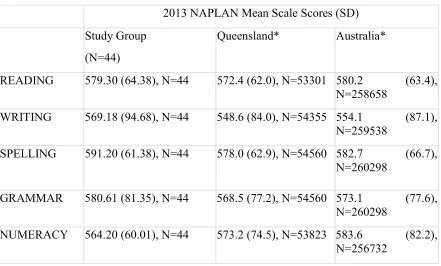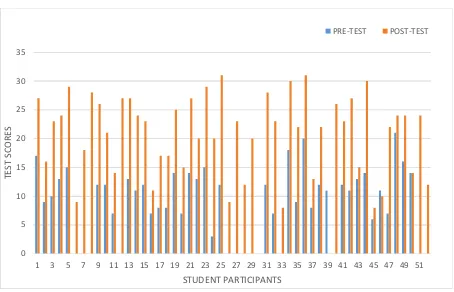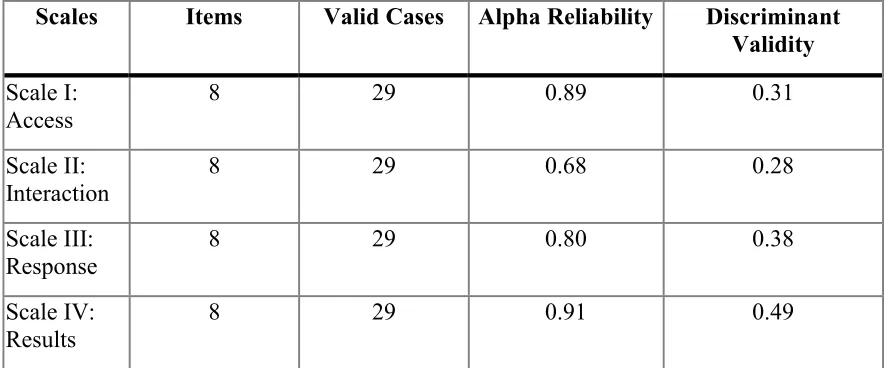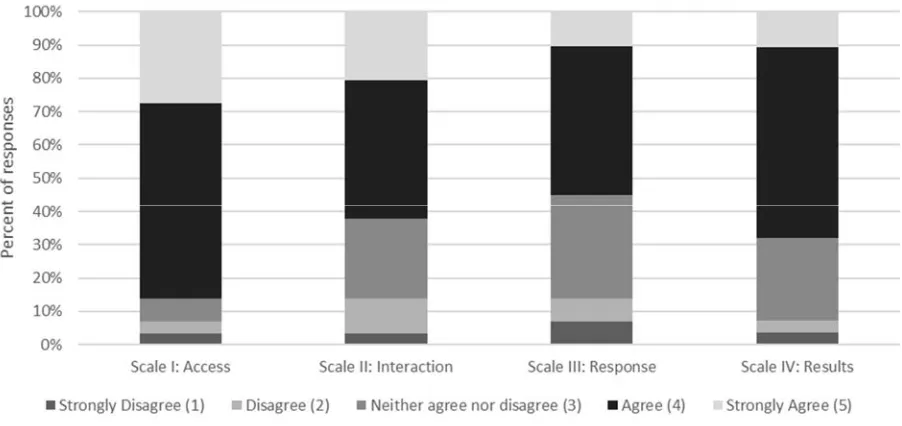The potential and pitfalls of blended learning: an investigation of student and teacher perceptions of blended learning in two Australian secondary science classes
Full text
Figure

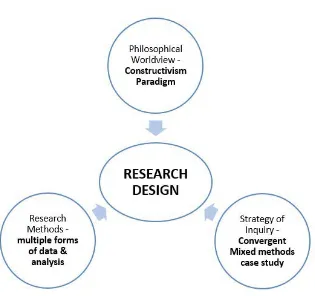

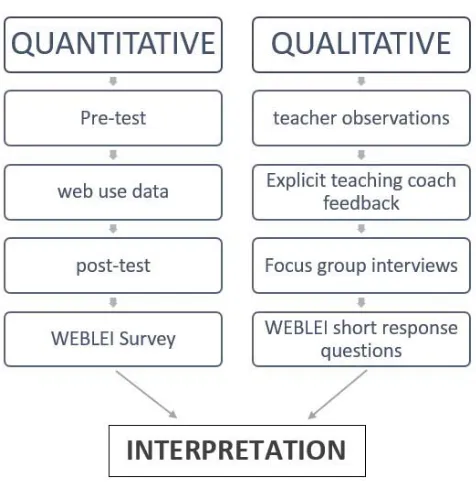
Related documents
The problem studied in this thesis is joint routing, spectrum allocation and regenerator placement (RSA-RP) for flexible optical networks under static de- mand scheme and
At the top of the range, a student’s response will meet all of the skills descriptors for Content and Organisation. At the bottom of the range, a student will have the lower
By Texas Young Lawyers Association This handbook, distributed by the Texas Young Lawyers Association, is designed to help parents understand all aspects of special
The authors recommend measuring the thickness of the fundus prior to inserting the frameless intrauterine device and to measure the distance between the serosa and
Similarly, in correspondence with the Research Directorate, an official at the Canadian Embassy in El Salvador noted that the DUI can be obtained only in El Salvador and certain
While this library is described by Feinerer, Hornik, and Meyer (2008), the applications are not insurance applications, and a significant amount of trial and error can be required
Richard Goldstein is coordinator of the reserach group on “Modelling of Evolution” in the Mathematical Biology division of the National Institute for Medical Research (NIMR),
To test whether the BIPPO-induced microneme discharge in PfCDPK5- deficient parasites was entirely dependent on calcium release, we evaluated PfAMA1 localization (Fig. 4A) and release

